On September 8, 2022, the Wordfence Threat Intelligence team became aware of an actively exploited zero-day vulnerability being used to add a malicious administrator user to sites running the WPGateway plugin. We released a firewall rule to Wordfence Premium, Wordfence Care, and Wordfence Response customers to block the exploit on the same day, September 8, 2022.
Sites still running the free version of Wordfence will receive the same protection 30 days later, on October 8, 2022. The Wordfence firewall has successfully blocked over 4.6 million attacks targeting this vulnerability against more than 280,000 sites in the past 30 days.
Vulnerability Details
Description: Unauthenticated Privilege Escalation
Affected Plugin: WPGateway
Plugin Slug: wpgateway
Plugin Developer: Jack Hopman/WPGateway
Affected Versions: <= 3.5
CVE ID: CVE-2022-3180
CVSS Score: 9.8 (Critical)
CVSS Vector: CVSS:3.1/AV:N/AC:L/PR:N/UI:N/
Fully Patched Version: N/A
The WPGateway plugin is a premium plugin tied to the WPGateway cloud service, which offers its users a way to setup and manage WordPress sites from a single dashboard. Part of the plugin functionality exposes a vulnerability that allows unauthenticated attackers to insert a malicious administrator.
We obtained a current copy of the plugin on September 9, 2022, and determined that it is vulnerable, at which time we contacted the plugin vendor with our initial disclosure. We have reserved vulnerability identifier CVE-2022-3180 for this issue.
As this is an actively exploited zero-day vulnerability, and attackers are already aware of the mechanism required to exploit it, we are releasing this public service announcement (PSA) to all of our users. We are intentionally withholding certain details to prevent further exploitation. As a reminder, an attacker with administrator privileges has effectively achieved a complete site takeover.
Indicators of compromise
If you are working to determine whether a site has been compromised using this vulnerability, the most common indicator of compromise is a malicious administrator with the username of rangex.
If you see this user added to your dashboard, it means that your site has been compromised.
Additionally, you can check your site’s access logs for requests to //wp-content/plugins/wpgateway/wpgateway-webservice-new.php?wp_new_credentials=1
If these requests are present in your logs, they indicate that your site has been attacked using an exploit targeting this vulnerability, but do not necessarily indicate that it has been successfully compromised.
Conclusion
In today’s post, we detailed a zero-day vulnerability being actively exploited in the WPGateway plugin.
Wordfence Premium, Wordfence Care, and Wordfence Response customers received a firewall rule on September 8, 2022, protecting against this vulnerability, while sites still using the free version of Wordfence will receive the same protection 30 days later, on October 8, 2022.
If you have the WPGateway plugin installed, we urge you to remove it immediately until a patch is made available and to check for malicious administrator users in your WordPress dashboard.
If you know a friend or colleague who is using this plugin on their site, we highly recommend forwarding this advisory to them to help keep their sites protected, as this is a serious vulnerability that is actively being exploited in the wild. Please help make the WordPress community aware of this issue.
If you believe your site has been compromised as a result of this vulnerability or any other vulnerability, we offer Incident Response services via Wordfence Care. If you need your site cleaned immediately, Wordfence Response offers the same service with 24/7/365 availability and a 1-hour response time. Both these products include hands-on support in case you need further assistance.
Our investigation is ongoing, and we will provide more information in an additional blog post when it becomes available.
Special thanks to Threat Intelligence Lead Chloe Chamberland for spotting this exploit in the wild.
Source :
https://www.wordfence.com/blog/2022/09/psa-zero-day-vulnerability-in-wpgateway-actively-exploited-in-the-wild/
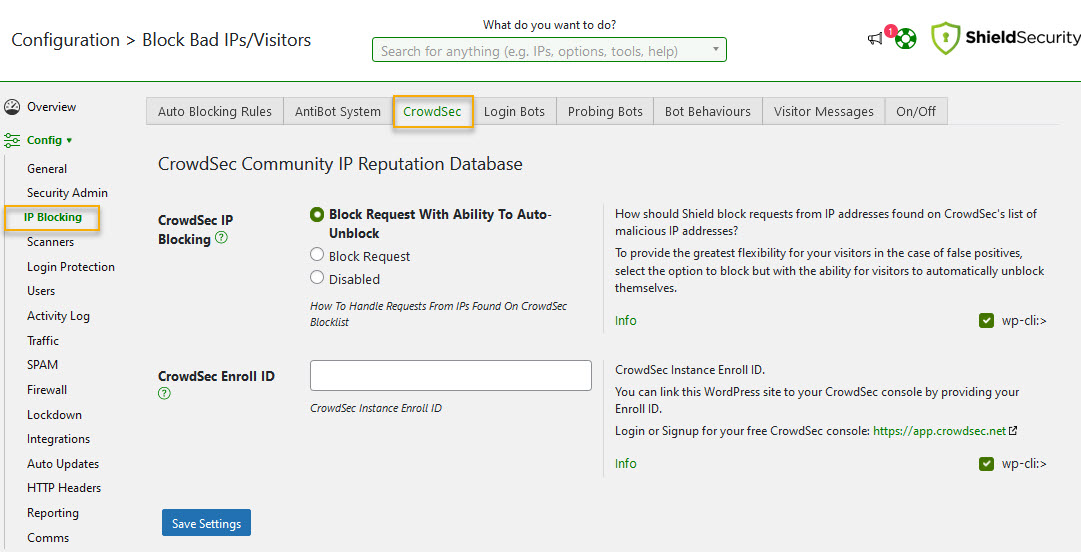

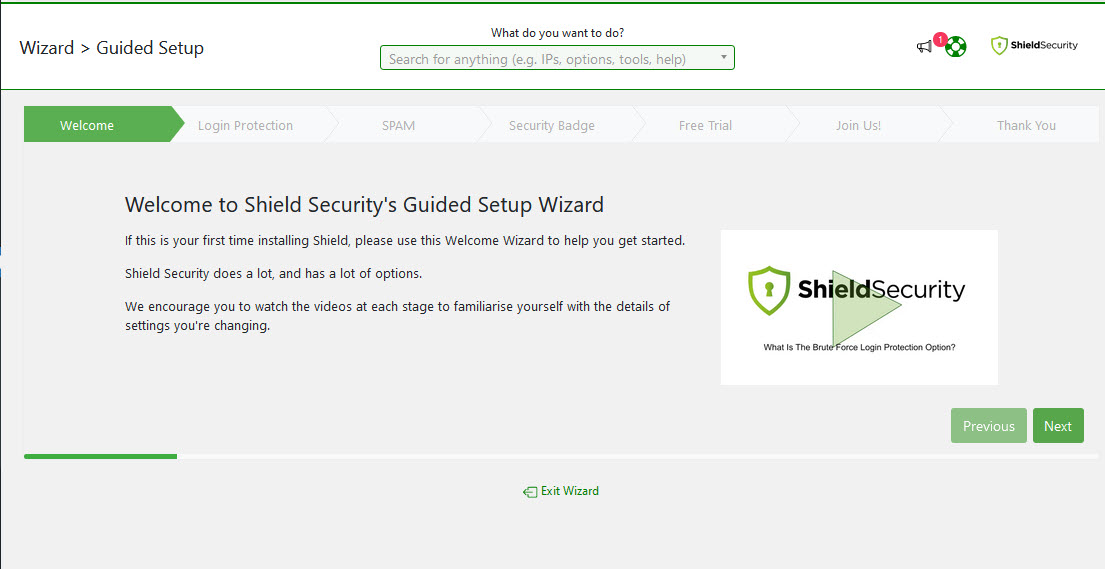



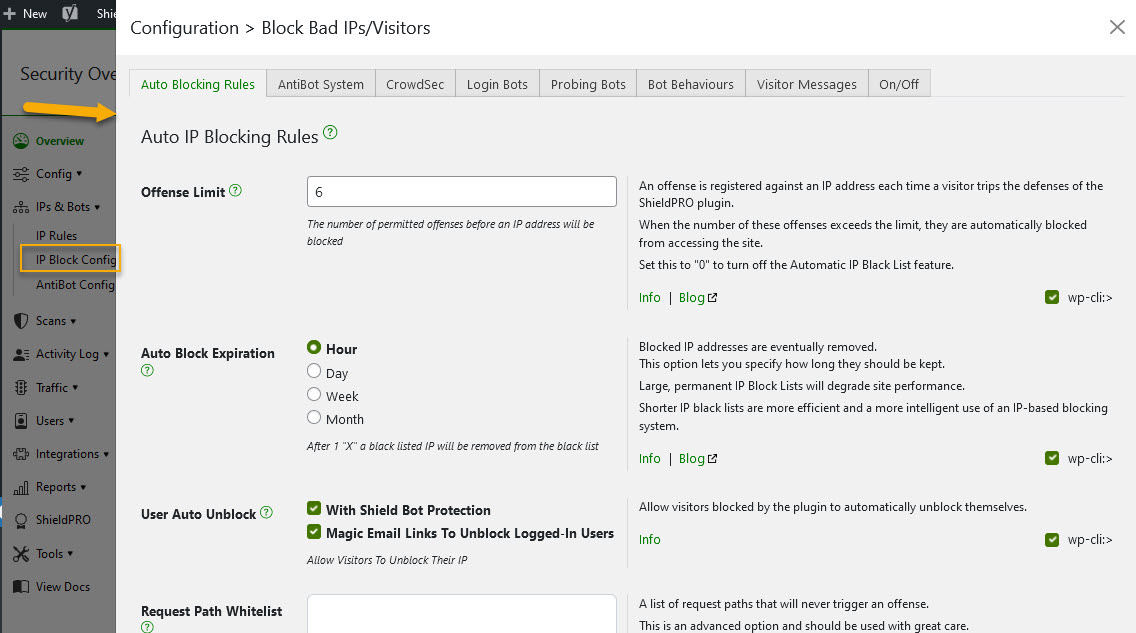
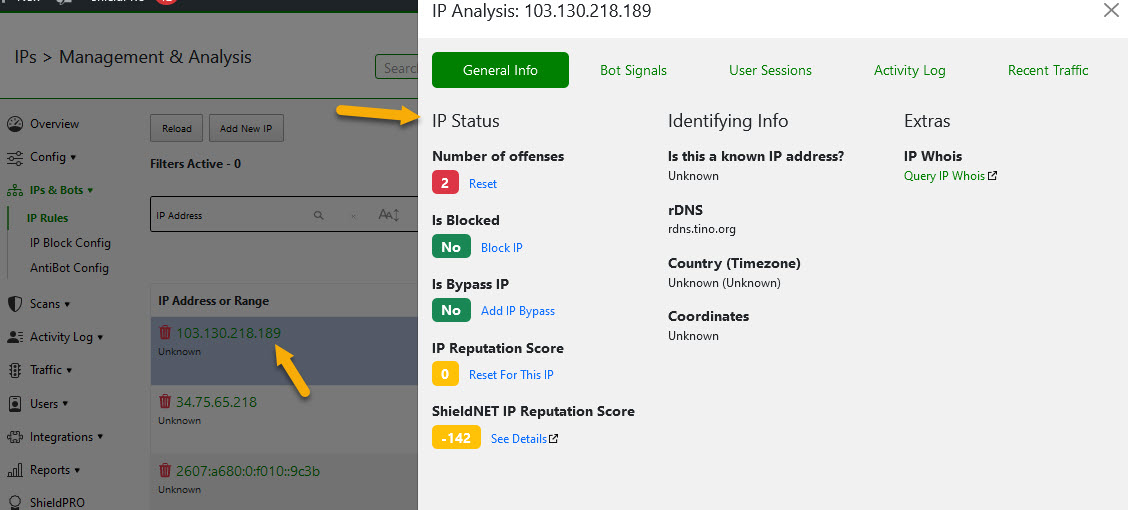


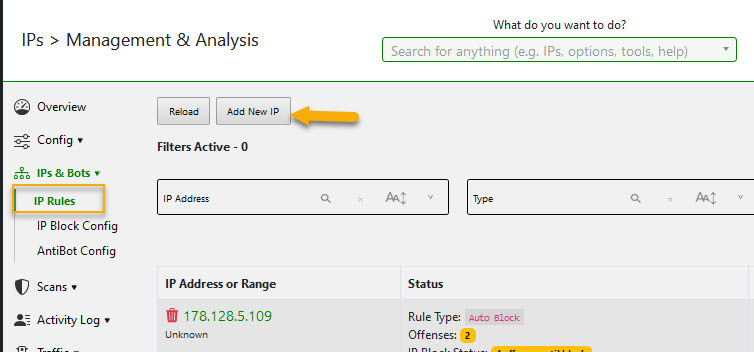

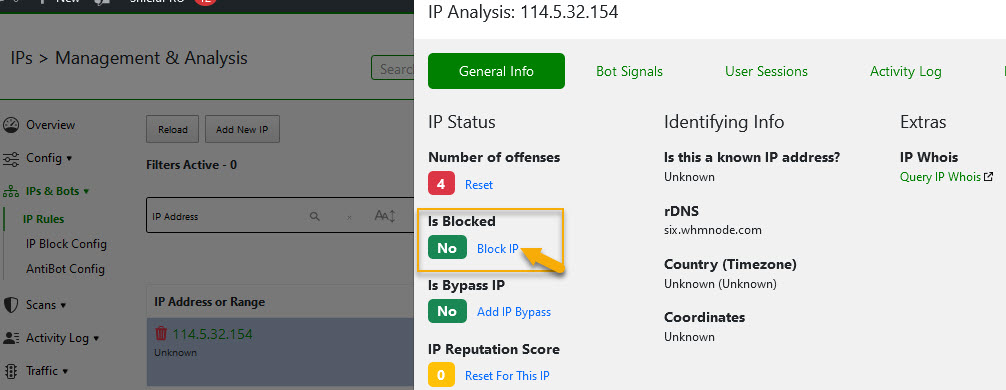





 to specify a fixed IP to the NAS: 192.168.1.60. The default gateway should be the same as the LAN IP of your router, which is 192.168.1.100 in our example.
to specify a fixed IP to the NAS: 192.168.1.60. The default gateway should be the same as the LAN IP of your router, which is 192.168.1.100 in our example.

 ” to add the camera configuration, e.g. name, model, IP address, recording setting and recording schedule.
” to add the camera configuration, e.g. name, model, IP address, recording setting and recording schedule.







 to play recording and find recent event.
to play recording and find recent event.



 or
or  to enter the playback page and follow the steps below to play the video files on the remote Surveillance Station.
to enter the playback page and follow the steps below to play the video files on the remote Surveillance Station.
 .You can examine each channel to know the time range when the files were recorded for each IP camera. The blue cells indicate regular recording files and the red cells indicate alarm recording files. If it is blank, it means no files are recorded at that time.
.You can examine each channel to know the time range when the files were recorded for each IP camera. The blue cells indicate regular recording files and the red cells indicate alarm recording files. If it is blank, it means no files are recorded at that time. to start the playback. You can control the speed and playback direction by dragging the button
to start the playback. You can control the speed and playback direction by dragging the button  to right or left on the shuttle bar.
to right or left on the shuttle bar.

 to control all the playback windows to play back the recording files. When this function is enabled, the playback options (play, pause, stop, previous/next frame, previous/next file, speed adjustment) will be applied to all the playback windows.
to control all the playback windows to play back the recording files. When this function is enabled, the playback options (play, pause, stop, previous/next frame, previous/next file, speed adjustment) will be applied to all the playback windows.
























































 ” button next to the device to display the device IP and SmartURL.
” button next to the device to display the device IP and SmartURL.
